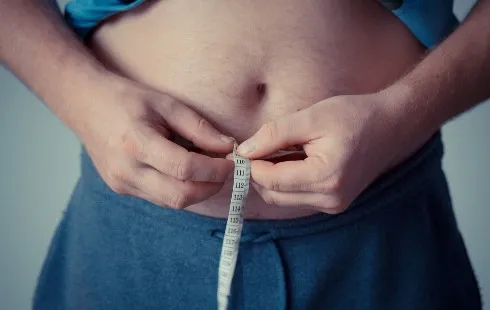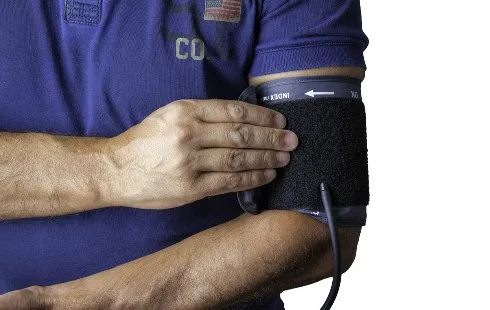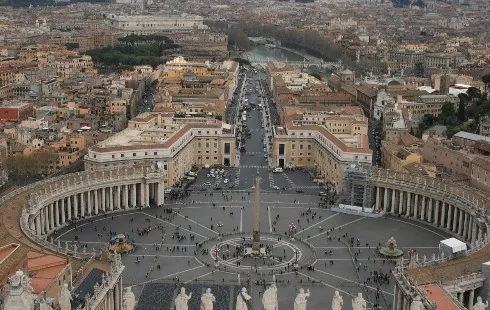
New to Germany? Avoid These Common Health Insurance Mistakes
Section: Health Insurance
A new study defies previous theories of why dinosaurs got so big. The real reason may not be so clear cut.
Just before the dinosaurs died out, giant plant-eating dinosaurs covered in feathers roamed the earth, walking on two legs, with hands carrying huge scythe-like claws. They were called the Therizinosaurs, and they were the terror the Earth's trees. Relatives of meat eating dinosaurs like Tyrannosaurus or Velociraptor, they grew to enormous sizes several times in history, and some scientists have argued that the need to have large guts to digest plants drove these dinosaurs to their enormous sizes. Other herbivorous dinosaurs like the long-necked Sauropods, and modern mammals also have large bodies.
However, research led by Dr. Lindsay Zanno of the North Carolina Museum of Natural Sciences and Dr. Peter Makovicky, from The Field Museum in Chicago, USA, challenges this theory. They estimated body size for a large number of Therizinosaurs and other feathered dinosaurs, and analyzed how well different mathematical models of evolution fitted existing data. If natural selection for big bodies drove size increase, then a "trend" model should have fitted best. But, it didn't.
"Feathered dinosaurs got obnoxiously big and we have no idea why." Dr. Zanno explains that this is an important point. "[ruling] out a simple explanation that large body mass is highly advantageous to plant eating animals is a good step forward in understanding the big picture of size evolution in animals. It's just not that simple."
Is there an answer to why did these animals got so big? Dr. Zanno thinks so. "Our analyses hint that certain environments favor large bodied animals, therefore extrinsic (environmental) factors may be the primary driver of size evolution. This idea is supported by modern studies of body size change in response to current climate change." For example, animals may get larger in colder climates, or when there is more oxygen.
However, Dr. Zanno is quick to point out the caveats associated with this part of her work, indicating that certain environmental conditions could drive animals to become larger or smaller, or it could also mean simply that we still need to gather more fossil evidence. As Dr. Zanno explains, "even if plant eating was correlated with selection for large mass, it is entirely possible that changing diets in feathered theropod dinosaurs in response to environmental changes could spur size changes (i.e., reduction in body mass accompanies evolution toward a low fiber diet and vice versa on through time)". If this was the case, the poor fossil record currently available would not allow for detecting the correlation between high fiber plant eating and body mass.
But, Dr. Zanno thinks their study was fascinating, not only due to the results themselves, but also because it revealed "how we as scientists think we see patterns in the raw data, yet the models do not detect these same patterns. It just indicates how biased humans are in their instinctual approach to data. Our brains want to make patterns out of things so we can better understand them, even if there is no real pattern there. Thank goodness for math!".
Article:
Zanno, L.E. & Makovicky, P.J. 2013 No evidence for directional evolution of body mass
in herbivorous theropod dinosaurs. Proc. R. Soc. B 22 January 2013 vol. 280 no. 1751
20122526
http://rspb.royalsocietypublishing.org/content/280/1751/20122526.short

Section: Health Insurance

Section: Health

Section: News

Section: Arts

Section: Arts

Section: Politics

Section: Politics

Section: News

Section: Politics

Section: Health Insurance
Health Insurance in Germany is compulsory and sometimes complicated, not to mention expensive. As an expat, you are required to navigate this landscape within weeks of arriving, so check our FAQ on PKV. For our guide on resources and access to agents who can give you a competitive quote, try our PKV Cost comparison tool.
Germany is famous for its medical expertise and extensive number of hospitals and clinics. See this comprehensive directory of hospitals and clinics across the country, complete with links to their websites, addresses, contact info, and specializations/services.
Offene Wunde is a documentary theater piece about the attack at the Olympia Einkaufszentrum (OEZ) by Tunay Önder and Christine Umpfenbach. On July 22, 2016, a perpetrator motivated by racism killed nine young people from Munich: Armela, Can, Dijamant, Guiliano, Hüseyin, Roberto, Sabine, Selçuk,...



No comments yet. Be the first to comment!